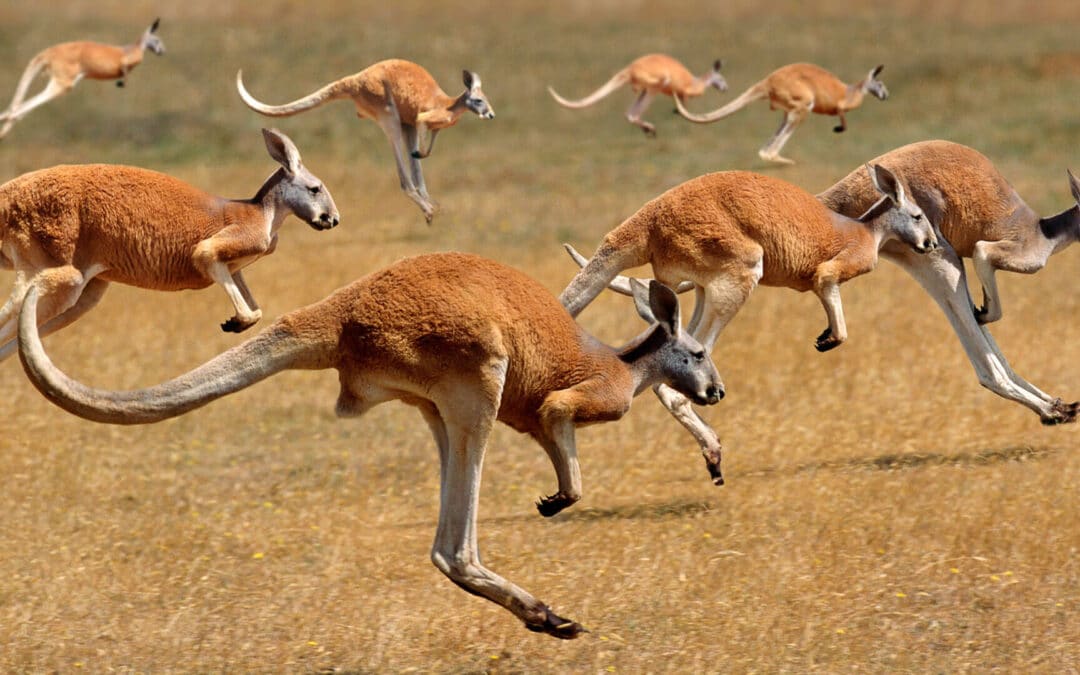Urinary tract infection or UTI can be a serious problem for cats. This condition can target your pet’s bladder or urethra, where the urine gathers and exits. It can prevent proper urination and can cause pain when its symptoms manifest.
What is a UTI
UTI can be characterized as either an infection in the bladder where the urine gathers, the urethra where the urine exits the body, or both. In other cases, UTIs are also caused by blockages to the urinary tract, preventing most, if not all, the urine from exiting the body.
Usually, this disease happens when cats don’t drink enough water to flush away bacteria and minerals. According to Dr. Emma Bermingham of AgResearch, one possible reason for this is that “cats evolved from desert-dwelling animals and as such have a low desire to drink water”.
Granted, there are ways to keep your cats hydrated, like adding water or broth to your cat’s kibbles.
But even so, it’s important to know the basic facts about UTIs, how they develop, and how they can be prevented. That way, you can deter cats from contracting this painful disease.
What are the types of UTI
Bacterial Infections
There are 3 common types of bacteria that cause UTIs. E.Coli is the most frequent culprit, accounting for nearly half of UTI cases in cats, according to a study published in 2021. Other strains can include Staphylococcus or Streptococcus, which can be just as threatening.
No matter the strain, they will always behave similarly. They latch onto the urinary tract’s walls, causing infection or inflammation, making it difficult for cats to urinate without feeling pain.
Your veterinarian will need a urine sample to diagnose the condition to determine what’s infecting the urinary tract.
Blockages
Urine isn’t just made of wastewater. It contains metabolized minerals that are meant to be expelled from the body. However, they can clump up and form tiny crystals or even stones in your cat’s bladder.
These obstructions may block most of the urine gathered in the bladder. In this case, emergency surgery will be needed to extract these stones from your cat.
Other causes
Infections and blockages are the most common causes, but they are not the only ones. Sometimes, stress-related factors to changes in their diets can also cause UTIs. If you notice your cat exhibiting symptoms of stress and anxiety, like urinating outside of their litter box, it might be a good idea to spend more time playing with them.
You can also avoid sudden changes to their diet, like switching a pet food brand they prefer to something else without proper transition.
While rare, tumors and thyroid issues may also contribute to infections and blockages in the cat’s urinary tract. In this case, it’s best to have your veterinarian examine your cat via blood and urine tests.
Symptoms to watch out for
Whether a UTI starts from infections or blockages, there will always be similar symptoms.
For infections, they may cause one or more of the following:
– Frequent urination in small amounts
– Blood in the urine if the urethra or bladder is severely infected
– *Cats crying out in pain while urinating.
*Note that this last symptom may be seen in blockages as well.
For blockages in the urethra or bladder, you may notice the following:
– Cats have difficulty in urination or may not be able to do so at all.
– Licking the urinary opening to relieve themselves of the pain
Preventive measures
Giving your cat sufficient water is the best way to prevent UTIs. The usual amount is 3.5 to 4.5 ounces of water per 5 pounds of their body weight. That way, your cat can flush out any minerals or waste through the urinary tract.
One way you may encourage this is by mixing water into the food you serve. For cats who eat dry kibble, adding at least 60ml of water is needed to provide the required water intake. Remember not to leave moistened kibble any longer than 30 minutes as bacteria or fungi may form, posing health problems for your cat.
Cats eating wet food, on the other hand, only need 30ml of water per serving since the food they eat is already moist.
Another measure is serving them pet foods with Cranberries to maintain your cat’s urinary tract health. This ingredient has been known to balance the pH levels in your cat’s urine and also prevent strains of E.Coli bacteria from sticking to the urinary tract.
Giving them a diet that also promotes urinary tract health and keeping their environment stress-free will also save them costly emergency trips to the veterinarian in the long run.















